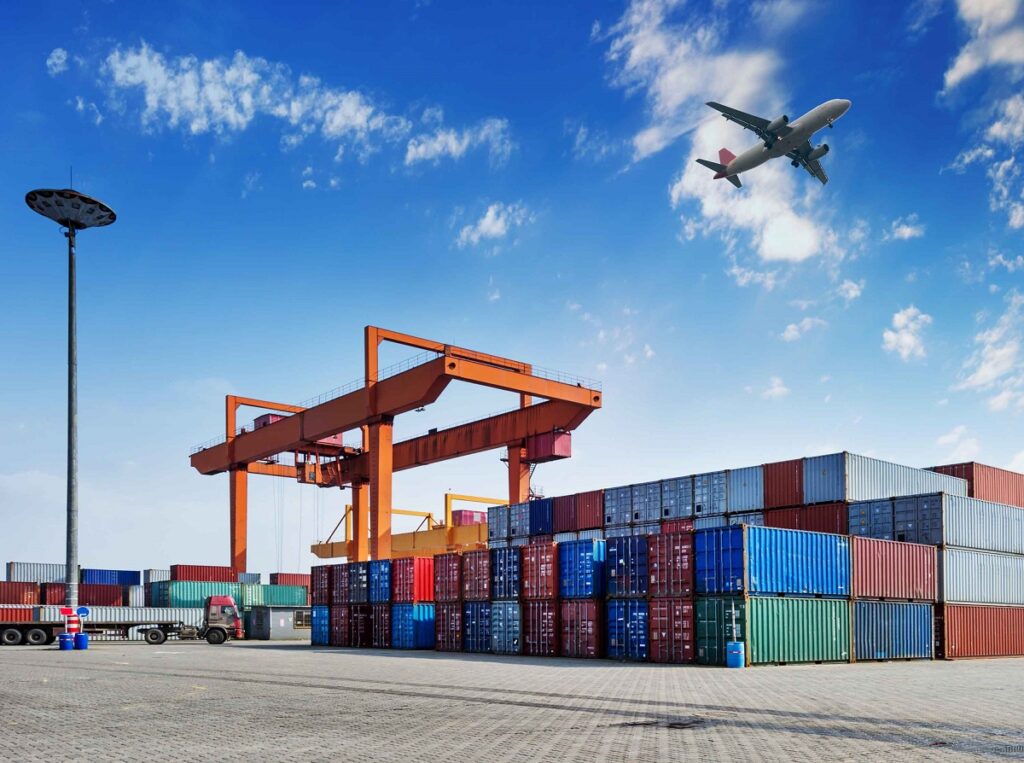By 2030 global meat consumption is expected to rise by 376 million tons. Meat-eaters have been rising at an alarming rate and there are no signs of the numbers falling. Before the 19th century, only cash-rich people could afford to have meat in their diverse diets. Gradually, the earnings of individuals continue to expand and people started including proteins in their daily intakes.
Meat has to travel miles to reach the destination points. As poultry and meat tend to deteriorate quickly when not stored properly, it results in massive wastage and further complications. That is when supply chain logistics and key logistics software ensures strategic transportation and proper storage facilities to provide fresh goods.
How Global Meat Logistics Works?
The challenge here is to ensure proper refrigerating temperature. Meat and poultry products have to travel from one transportation mode to another, rest at warehouses, or wait at various handling facilities. What we need to concentrate on, is an effective storage and quality-control procedure to prevent accidental contamination.
Meat products can be either fresh, frozen, or processed. Each kind requires different procedure setups. When delivering fresh meat, a truck is a best-suited vehicle to drop them off at the slaughterhouse and pass it to supermarkets. Whereas processed meat has to go an extra mile at the processing manufacturing house before it’s delivered to the retailer and other super shops. The cold supply chain plays a strict role to deliver all-time favorite burgers, steak on your plate. A pin drop distraction can make meat and poultry products inedible. Thanks to refrigerators, advanced warehouses, and infrastructure that has allowed businesses to sell perishable goods.
Rules Followed when Trading Meat
Certain temperature is followed to keep meat, fruits, and poultry products free from contamination. For instance, before trading, poultry meat must be stored under 40-degree Fahrenheit or 4˚C. Human contacts should be made limited when packaging, checking leakages or measuring temperature before transportation. The meat is then put in crates or boxes to keep it cool for a longer time. A transport management system or TMS software helps manage the life-cycle of meat when exporting or importing globally. Providing faster responses to consumers forces TMS software to innovate and provide intelligent solutions. Such a solution in the case of perishable goods is the cold chain management that we mentioned earlier.
Blessing of Cold Chain Management
The global cold chain has the potential to fulfill the increasing appetite for meat. China, being one of the highly populated countries in the world requires 121 pounds of meat per person on average. Cold chain management helps to keep an eye on each step of the supply chain. For instance, perishable goods need to be stored at a cool climate in trucks and cooler temperatures in stores. Cold chain management sends real-time information to evaluate supply chain checkpoints.
Conclusion
Global meat logistics ensure the meat is at the right destination at the perfect time. Hope this article has let you explore the tools behind all the accuracies of transporting meat.
